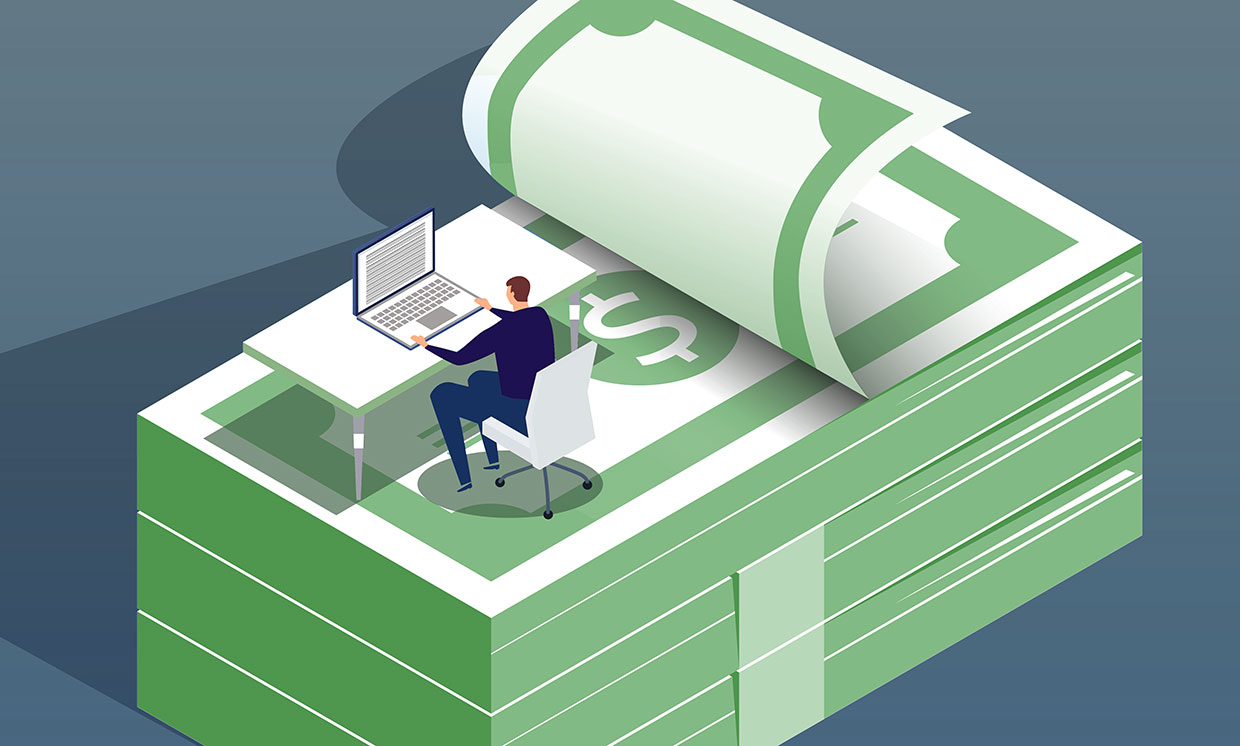Imagine earning money while you sleep, without much effort.
With these 8 effective ways to monetize your app, you can generate a passive income stream that pays your bills, buys your food, and even covers your Netflix subscription.
As someone who has launched 10 successful apps since 2012 and earned over $90,213 in revenue, I can guide you through the proven strategies that have worked for me. Let's dive in and discover how you can monetize your app today.
Outline
With these 8 effective ways to monetize your app, you can generate a passive income stream that pays your bills, buys your food, and even covers your Netflix subscription.
As someone who has launched 10 successful apps since 2012 and earned over $90,213 in revenue, I can guide you through the proven strategies that have worked for me. Let's dive in and discover how you can monetize your app today.
Outline
- Ads
- Paid App
- Freemium
- Partnership
- Transaction Fee
- Donations
- Hybrid
- Just Sell It
1. Ads
Maximize your app's earning potential with the right ad strategy. For high-usage apps such as social media, news, or games, displaying ads can generate revenue for every view, typically ranging from $0.5 to $40 for every thousand views. Optimize your earnings by targeting users from Tier 1 countries, including the United States, Switzerland, and Germany, which offer higher payouts. Explore various ad formats, including banner, native, interstitial, and reward ads, with the last two generating the most revenue. However, it's essential to maintain a balance between generating income and maintaining a positive user experience. Let's get started on monetizing your app today!
2. Paid App
Although it can be challenging to convince users to pay upfront for your app, offering a paid version can be a lucrative monetization option, especially for productivity and professional apps like Procreate, LumaFusion, or Things 3. Pricing can vary between $1 to $30, depending on the app's perceived value. Let's explore how we can implement a paid app strategy for your product or service today.
3. Freemium
Freemium apps are often the most effective monetization option for most apps. Offer 10% of your app's features for free, with the rest locked behind a paywall. Ensure that your free content is high-quality to entice users to upgrade to the premium version. Payment options can include a one-time purchase or a recurring subscription. Freemium apps have proven to be highly lucrative, with 99% of revenue generated using this strategy. For example, while one of my competitors charged a one-time fee of $3 to unlock premium features, I opted for a $5 monthly subscription, resulting in a more sustainable app business. Let's implement a freemium model for your app today and start generating revenue.
4. Partnership
Partnering with companies within your niche can be a highly effective monetization strategy. Consider different types of partnership deals, such as onboarding their platform for your users, displaying their ads within your app, or providing them with your data and analytics. However, finding a suitable partner requires identifying a large company that is interested in promoting their brand to your app's audience. Be prepared for extended sales cycles that can last for several months before receiving a definite confirmation. While this strategy may seem risky, it can yield significant benefits. Let's explore potential partnership opportunities within your niche today.
5. Transaction Fee
A monetization strategy that has gained popularity in recent times, thanks to FinTech and crypto apps, is transaction processing. In this model, your app processes transactions for your users and charges a percentage-based fee in return. Transactions can include sending money, buying cryptocurrencies, and swapping currencies. Typically, these fees range from 1% to 5%, and the best part of this model is that it scales proportionately with the number of transactions processed. This means the more your app is used, the more revenue it generates. Let's discuss how to incorporate transaction processing into your app's monetization strategy today."
6. Donations
On average, only 0.5% of users are likely to donate, making it one of the least effective ways to monetize. However, for non-profit organizations, donation-based revenue can be an excellent option. An excellent example of this is Lichess, an online chess platform that covers its entire annual cost of $423k solely through user donations.
7. Hybrid
Hybrid monetization involves combining two or more monetization strategies to maximize revenue potential. The most popular combination is ads and freemium. Typically, this combination yields around 20% of revenue from ads and 80% from in-app purchases. However, it's important to be cautious about overusing ads and compromising the user experience. Successful apps like YouTube and Spotify serve as excellent examples of hybrid monetization through ads and freemium models. Let's explore the possibilities of hybrid monetization for your app's financial success today.
8. Just Sell It
Selling your app is a viable monetization option that should not be overlooked. While it may seem counterintuitive to sell a free asset, consider the example of MorningBrew newsletter, which sold for a whopping $75 million, or Joe Rogan's $200 million deal with Spotify for his free podcast. These examples demonstrate the significant potential of selling a free asset. Don't underestimate the value of your app and explore the possibility of selling it for a substantial profit.
There’s an amazing platform called acquire.com where people list startups for sale to 120,000+ potential buyers.



